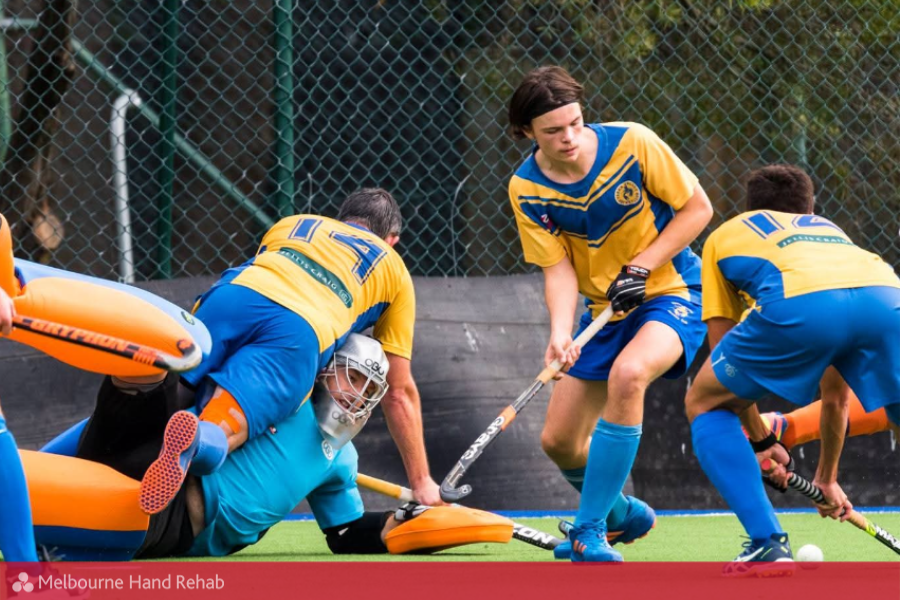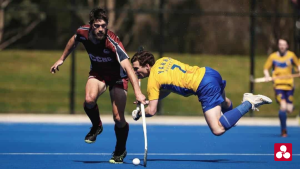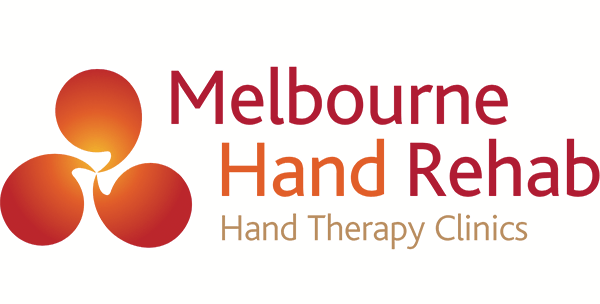
10 Jul Protecting your hands in hockey!
Posted at 10:46h in Blog
Protecting your hands in hockey: A Guide to Injury Prevention and Recovery
Field hockey is a dynamic sport that demands agility, precision, and resilience however, the fast-paced nature of the game and the use of sticks and hard balls make players susceptible to hand injuries. Understanding these injuries and knowing how to address them is crucial for both prevention and effective recovery!
Common Hand Injuries in Field Hockey
Field hockey players often adopt a low stance with the right hand positioned lower on the stick, increasing vulnerability to hand injuries.
Common injuries include:
Fractures: Direct impacts from sticks or balls can lead to fractures in the metacarpals and phalanges.
Ligament Sprains and Tendon Injuries: Overuse or sudden trauma can cause sprains or tendon injuries, such as mallet injuries, where the fingertip droops due to tendon damage.
Contusions and Bruising: Frequent contact with equipment or other players can result in bruising & soft tissue injuries.

Immediate steps post hand injury during play:
1. Rest: Cease activity to prevent further damage.
2. Ice: Apply ice packs in 20 minutes intervals to reduce swelling.
3. Compression: Use a bandage to compress the area, minimising swelling.
4. Elevation: Keep the injured hand elevated above heart level to reduce swelling.
1. Rest: Cease activity to prevent further damage.
2. Ice: Apply ice packs in 20 minutes intervals to reduce swelling.
3. Compression: Use a bandage to compress the area, minimising swelling.
4. Elevation: Keep the injured hand elevated above heart level to reduce swelling.
Avoid doing undertaking things such as applying heat, consuming alcohol, engaging in activities that may cause re-injury, or massaging the injured area within the first 48-72 hours, as these can exacerbate the injury.
Rehabilitation and Hand Therapy
Proper rehabilitation is essential for a full recovery and return to play. Hand therapy focuses on restoring function, strength, and mobility through:
Customised Splinting: To immobilise and protect the injured area during healing.
Therapeutic Exercises: To regain strength and flexibility.
Functional Training: Simulating sport-specific activities to prepare for return to play.
Melbourne Hand Rehab offer specialised services, including the creation of custom sports guards that allow athletes to safely continue participating in their sport during recovery.

Preventative Measures
To minimise the risk of hand injuries:
Protective Gear: Use gloves designed for field hockey to provide cushioning against impacts.
Proper Technique: Ensure correct hand positioning and grip on the stick.
Strength Training: Incorporate exercises that strengthening hand and wrist muscles.
Regular Breaks: Avoid overuse by taking breaks and allowing time for recovery.
Strength Training: Incorporate exercises that strengthening hand and wrist muscles.
Regular Breaks: Avoid overuse by taking breaks and allowing time for recovery.
When to seek Professional Help
If you experience persistent pain, swelling or limited mobility in your hand, consult a certified hand therapist. Early intervention can prevent chronic issues and facilitate a quicker return to the sport.
Hand injuries in field hockey are common but manageable with prompt care and proper rehabilitation. By understanding the risks and taking proactive measures, players can protect and continue to enjoy the game they love!
So, if you’re experiencing a sports injury or you have finger, hand, wrist, elbow or shoulder pain, don’t hesitate to get in touch. We’d love to help you!
BOOK AN APPOINTMENT
For more information, call us directly on 03 9458 5166



